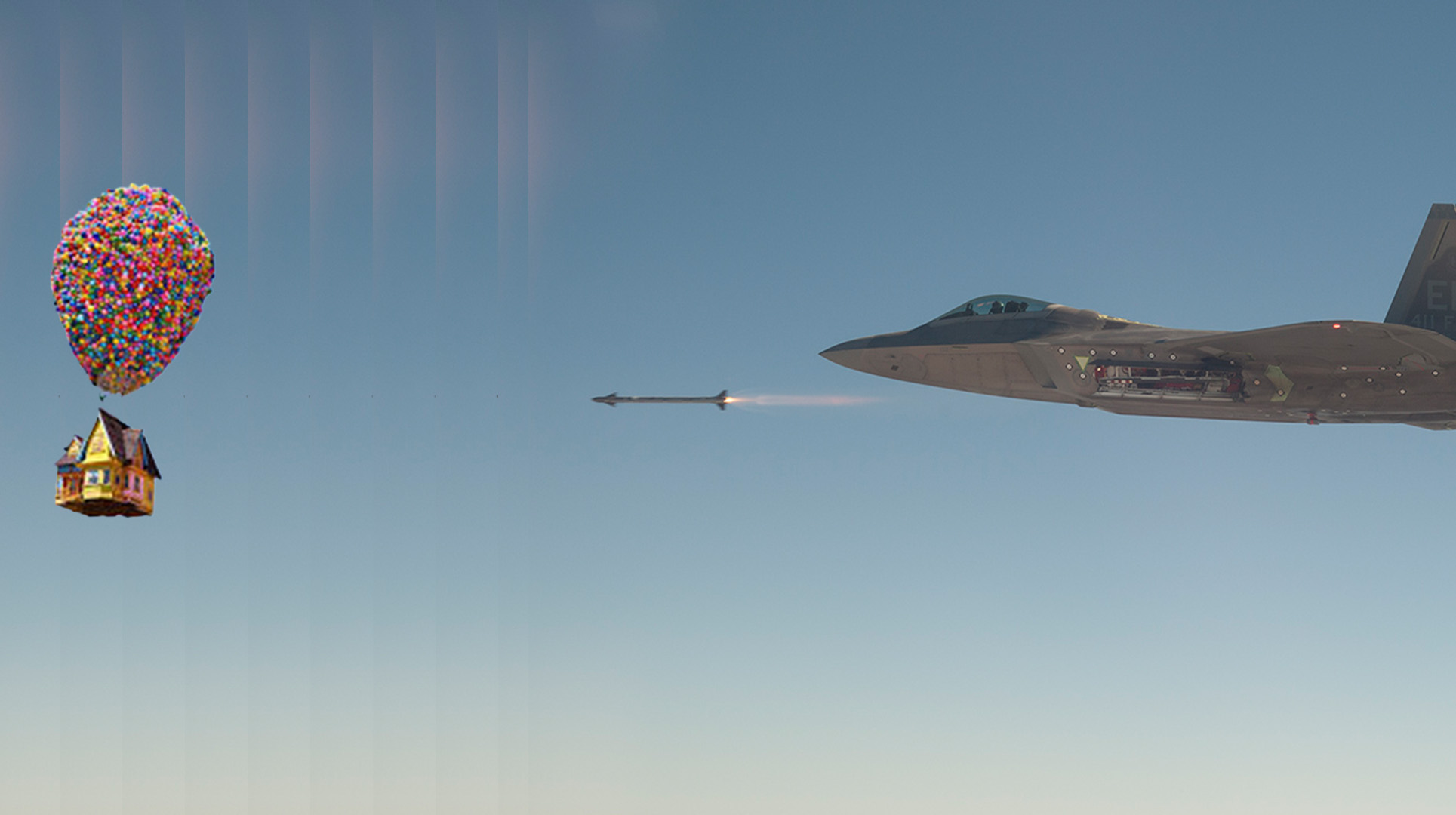

The Northern Illinois Bottlecap Balloon Brigade is a hobbyist group that builds, launches and tracks “pico balloons,” lightweight balloons that can carry a small payload like a radio tracker or camera and generally cost between $12 and $200. Since 2021, the group’s balloons have circumnavigated the Earth in peace.
The club takes its name from the movie “Up,” in which the balloon-flying Carl awards a bottlecap badge to his young passenger, Russell, which had been given to him by his wife, Ellie.
Then in February 2023, the group announced that it had lost contact with one of its balloons somewhere over Alaska or possibly Canada. That same day, a U.S. Air Force F-22 Raptor — a $142 million fighter jet — downed an unknown “high altitude” object over the Yukon, Canada, using an AIM 9X, a $400,000 air-to-air missile.
The balloon club named for a cartoon about a flying house wondered if it was suddenly at the center of an international action drama.
At the time, the U.S. military had recently shot down a Chinese spy balloon followed by three other objects in the span of eight days. President Joe Biden later said that the unidentified objects were likely “balloons tied to private companies, recreation, or research institutions studying weather or conducting other scientific research.”
Although media outlets speculated that the F-22 may have shot down the missing pico balloon over Yukon, the Northern Illinois Bottlecap Balloon Brigade said at the time there was not enough evidence to say what had happened because the wreckage of the object had not been recovered. A spokesman for the group did not respond to emails from Task & Purpose asking for comment.
Subscribe to Task & Purpose today. Get the latest military news and culture in your inbox daily.
But since the shootdowns of February 2023, the North American Aerospace Defense Command, or NORAD, has learned to check websites for hobbyists and other organizations whenever the command’s sensors pick up an unknown radar track to see which balloons are out there, said NORAD’s chief of strategic engagement Steven Armstrong.
“We didn’t look at any websites for balloons prior to February 2023, when the Chinese high-altitude balloon occurred and the following unknown tracks that we ended up engaging a little bit later that week,” Armstrong told Task & Purpose. “But now we have several that we follow.”
As a result, NORAD was able to identify an unknown object in late April without having to scramble aircraft to intercept it, said Armstrong, who is also NORAD’s vice director of operations
“We were able to identify and correlate this unknown track as a hobbyist balloon using a publicly available website, ” Armstrong said. “We were also able to make contact with the owner of the balloon, who verified that he launched it, from where it was launched and other pertinent information to assess that the hobbyist balloon did not pose a threat.”
NORAD declined to specify which websites it looks at to help identify research, weather, and hobbyist balloons.
Prior to February 2023, NORAD was unaware of just how many balloons are flying through North American airspace, he said.
“We knew there was a fairly extensive hobbyist balloon and other kinds of balloons up there – either schools or other research organizations that had balloons up there,” Armstrong said. “But we had no idea the extent and the numbers.”
To get a better idea of which groups are flying balloons, NORAD started by Googling hobbyist balloon websites, Armstrong said. U.S. military officials then reached out to some people in the balloon community and asked what other websites they recommended NORAD should check.
Now, NORAD detects about a dozen hobby or weather balloons per week, but the command is not able to quantify the total possible number of small balloons that are flying over North America at any given time, Armstrong said.
The shoot downs in February 2023 forced NORAD to take a hard look at how it tracks and identifies small objects traveling at high altitudes at slow speeds. To do that, NORAD adjusted its procedures to more fully investigate raw radar returns that it may have discounted in the past, Armstrong said.
“Before, we would look at it and we would see what airspeed it was at, what the track quality was, and if the track quality was very, very low, and it appeared along with a weather pattern or some other pattern out there where migrations of birds are, then we’d just do kind of the quick correlation and go: Yeah, that doesn’t pass muster; we think that is actually an anomalous track,” Armstrong said. “We’re much better at analyzing and making sure it either is or it is not a valid track.”
The latest on Task & Purpose
- Marines will land on Normandy beaches to commemorate D-Day’s 80th anniversary
- Air Force raises maximum amount for retention bonuses to $180,000
- Former Admiral’s $500,000 retirement job was a bribe, prosecutors say
- Army special operations officer under investigation after shooting
- Meet the soldier who is taking the Army combatives scene by storm
